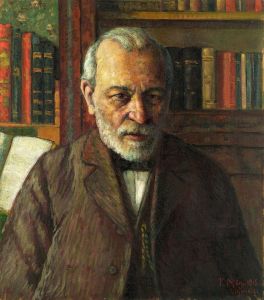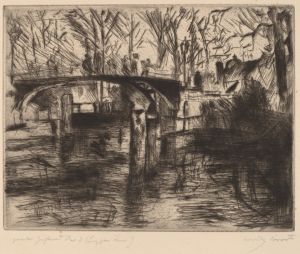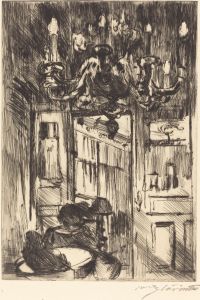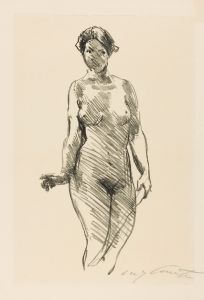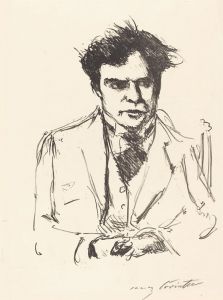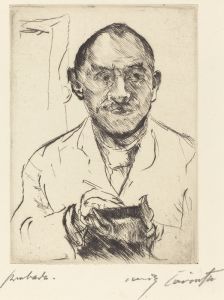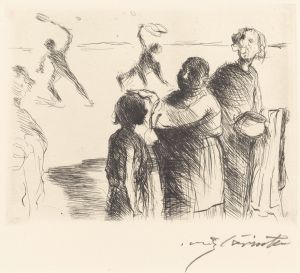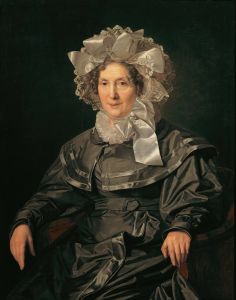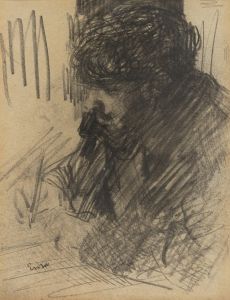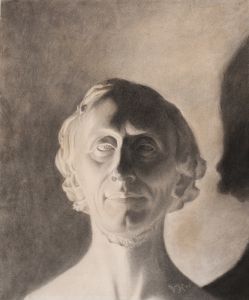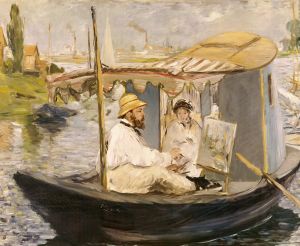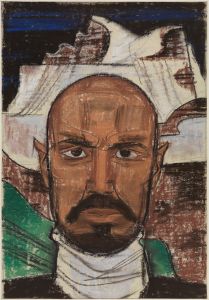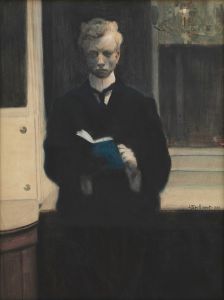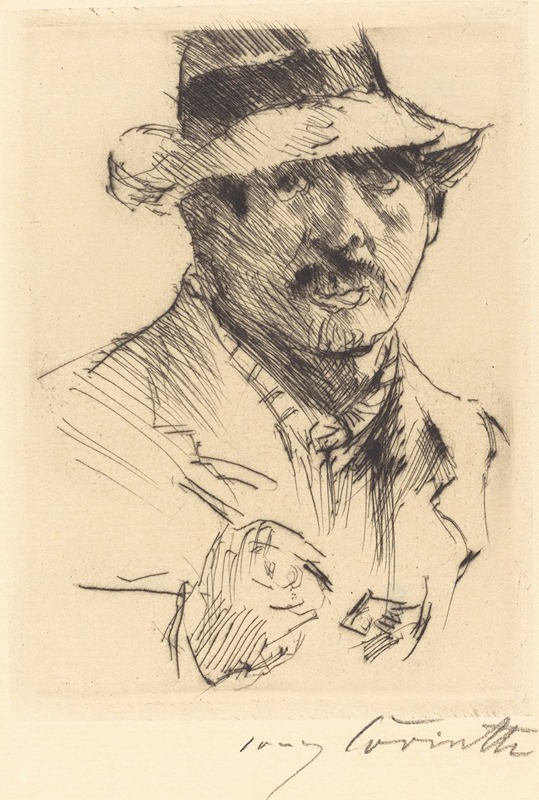
Self-Portrait III
A hand-painted replica of Lovis Corinth’s masterpiece Self-Portrait III, meticulously crafted by professional artists to capture the true essence of the original. Each piece is created with museum-quality canvas and rare mineral pigments, carefully painted by experienced artists with delicate brushstrokes and rich, layered colors to perfectly recreate the texture of the original artwork. Unlike machine-printed reproductions, this hand-painted version brings the painting to life, infused with the artist’s emotions and skill in every stroke. Whether for personal collection or home decoration, it instantly elevates the artistic atmosphere of any space.
Lovis Corinth, a prominent German painter and printmaker, created "Self-Portrait III" in 1907. Corinth is known for his significant contributions to the transition from Impressionism to Expressionism in German art. Born in 1858 in Tapiau, East Prussia, Corinth studied in Königsberg, Munich, and Paris, where he was influenced by the works of the Old Masters and contemporary artists alike. His career spanned several decades, during which he produced a vast array of works, including portraits, landscapes, and historical scenes.
"Self-Portrait III" is one of many self-portraits Corinth painted throughout his career, reflecting his evolving style and personal circumstances. This particular self-portrait is notable for its vivid expression and dynamic brushwork, characteristics that define much of Corinth's mature work. The painting captures Corinth's introspective nature and his interest in exploring the human condition through art. In this self-portrait, Corinth presents himself with a direct gaze, engaging the viewer with a sense of immediacy and presence.
The painting is executed with bold, expressive brushstrokes, a hallmark of Corinth's style during this period. His use of color is both vibrant and nuanced, with a palette that includes rich earth tones and subtle highlights. This approach not only conveys the physical likeness of the artist but also offers insight into his psychological state. The texture and movement within the brushwork suggest a sense of vitality and energy, reflecting Corinth's robust personality and his passion for the act of painting.
Corinth's self-portraits are often seen as a means of self-exploration and self-definition. They provide a window into his personal and artistic journey, documenting his responses to the challenges and triumphs he faced throughout his life. In 1907, the year "Self-Portrait III" was painted, Corinth was at the height of his career, having established himself as a leading figure in the Berlin Secession, an influential group of artists who sought to challenge the conservative art establishment in Germany.
Throughout his life, Corinth faced numerous personal challenges, including a stroke in 1911 that temporarily impaired his ability to paint. However, he persevered and continued to create art, adapting his technique to accommodate his physical limitations. This resilience is evident in his self-portraits, which often convey a sense of introspection and determination.
"Self-Portrait III" is housed in the collection of the Städtische Galerie im Lenbachhaus in Munich, Germany. The painting remains an important example of Corinth's work, illustrating his mastery of portraiture and his ability to convey complex emotional states through his art. As a self-portrait, it serves as both a personal reflection and a testament to Corinth's enduring legacy in the history of modern art.





